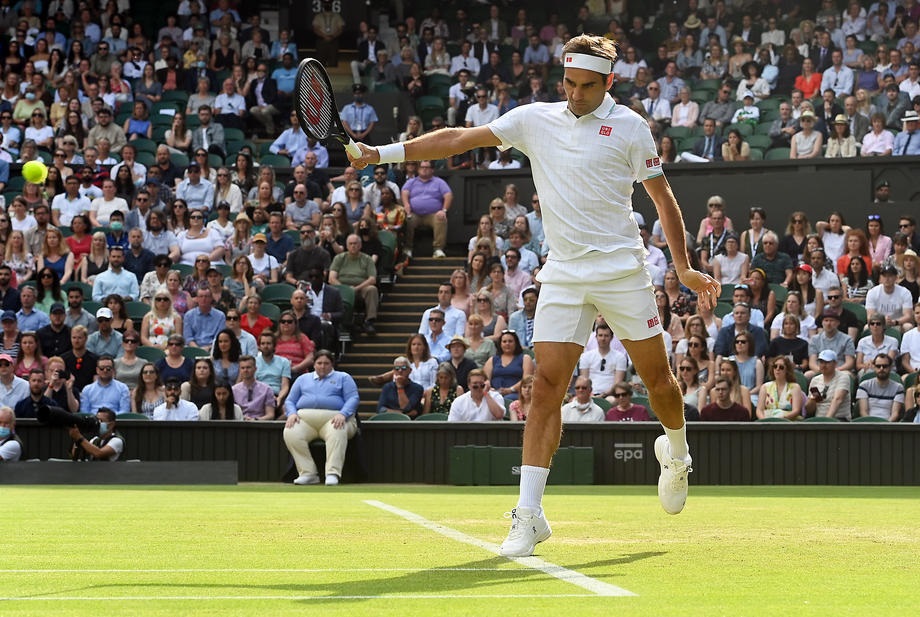- Mubadala Citi DC Open Men’s and Women’s Tennis Draws
- Paris Olympic Tennis Draws and Order Of Play for Saturday, July 27, 2024
- Kitzbuhel Generali Open Draws and Order of Play for Friday, July 26, 2024
- Paris Olympic Tennis Singles and Doubles Draws
- Croatia Open Umag Draws and Schedule for Friday, July 26, 2024
- Atlanta Open Draws and Order of Play for Thursday, July 25, 2024
- Croatia Open Umag Draws and Schedule for Thursday, July 25, 2024
- Laver Cup Tennis 2024 Is in Berlin September 20-22 • Almost all the top men’s players will be playing
- Coco Gauff Named Team USA Flag Bearer for Olympic Games
- Kitzbuhel Generali Open Draws and Order of Play for Wednesday, July 24, 2024
- Croatia Open Umag Draws and Schedule for Wednesday, July 24, 2024
- Atlanta Open Draws and Order of Play for Tuesday, July 23, 2024
- Fils upsets Zverev for Hamburg title, Borges beats Nadal in Bastad
- Kitzbuhel Generali Open Draws and Order of Play for Tuesday, July 23, 2024
- Croatia Open Umag Draws and Schedule for Tuesday, July 23, 2024
The Times They aren’t a Changin’ as Rafa Nadal Wins in Madrid and Daniil Medvedev and Stefanos Tsitsipas go Out
- Updated: May 6, 2021

By Alix Ramsay
How many times last year did we hear the phrase: “we are living in unprecedented times”? (And how many times did we groan when another talking head on TV chirruped the line?) Presumably, because the virus still rages around the globe and our world is far, far away from being normal, this year we are living in precedented times. Or we are unless we happen to be in and around La Caja Magica in Madrid.
In this supposedly Magic Box, the Mutua Madrid Open is unfolding – and it is doing so without many of its major stars. Thursday was not a good day to be a highly placed seed in the men’s draw. The biggest of the big boys started their week’s work on Wednesday (thanks to their first round byes) and on that particular day all but Diego Schwartzman made their way through (Diego was undone by Aslan Karatsev).
Come Thursday, though, everything went pear shaped and there were an awful lot of dented reputations lying around the locker room floor by dinner time.
The accepted way of things at this time of year is that Rafa Nadal will pretty much win everything and then march on Roland Garros to scoop up the silverware. Novak Djokovic may have something to say about a clay court title or so on the way to Paris but, once he gets there, he will still watch Rafa walk away with the plaudits.
This year, though, we are in these annoying precedented or unprecedented times (depending on your point of view). The younger generation have been flexing their muscles on the clay while, at the same time, Nadal has taken his time to get up and running and Djokovic has been cherry picking his tournaments. How that will affect the world No.1 when he gets to the French Open, only he knows but it may be a risky tactic. He is not a part of the magic of La Caja Magica this week.
Stefanos Tsitsipas threw down his gauntlet to Nadal back in Monte Carlo. By winning at one of the Spaniard’s favourite events, he made his point clear: I can play on this stuff and I can rally with the best of them. Rafa then disabused him of this notion by beating Tsitsipas in the Barcelona final – but it still took three sets and three hours and 38 minutes to do it. Tsitsipas had match point; he pushed the best clay court player the sport has ever seen to the very brink. But he still could not win. Raf, though, knew exactly what the Greek philosopher was capable of on the red dirt by the end of that afternoon.
And then Stef came to Madrid. In theory, this should have been a perfect hunting ground for him as the altitude makes the conditions lively and if a chap wants to attack, he can. But Casper Ruud (who trains at the Rafa Nadal Academy…and more of Rafa later) was having none of that – he did for Tsitsipas 7-6, 6-4 in the third round. As the boys jostled for position before Roland Garros, Stef had been pushed back a row or two.
Then there was the shortest love affair in clay court history: Daniil Medvedev and the red stuff. When he won his first ever match in Madrid on Wednesday, he scrawled on the camera lens that he now loved clay. On Thursday, he came back and faced Cristian Garin and decided that he absolutely hated clay.

Garin pulled off the win of his career to beat the world No.3 and did it by staying strong in the first set, being beaten by a gnat’s whisker in the second and then holding his nerve in the third to win 6-4, 6-7, 6-1.
Holding his nerve? In a 6-1 third set? Are we mad? Actually, no. Garin was trying to go about his business as Medvedev started a running conversation with some members of the crowd (they were chatting on and he was miffed. He asked them: “How is your miserable life?” before telling them in no uncertain terms to shut “the $%^& up”). No matter, Garin kept doing is stuff and thundering towards the finish line when he earned himself a match point. And Medvedev won it.
Right, OK Cristian: breathe, breathe, breathe. You can do this. At which point he belted a serve and the net strap broke. That meant that the net cord monitor had gone for a burton. Sitting on the verge of the biggest win he could have imagined, he had to wait to for more than five minutes as three blokes tried to fix the problem.
It was the typical bloke thing: three of them around the problem; two of them sucking their teeth and offering advice (we use the term loosely) and talking a lot while one did the work. But, as blokes do, they all took the credit for fixing the busted net and net cord monitor and then it was up to Cristian – and he duly won the next two points.
As everything was unravelling, the TV pundits announced that Karatsev losing to Alexander Bublik was a “massive shock”. We wondered. Karatsev (great player that he is) only appeared on the global radar three months ago. As a qualifier coming into the Australian Open back in February, he was ranked No.114 but then went on to reach the semi-finals. He then won the title in Dubai and galloped to No.27 in the world rankings this week. But was it a huge upset? Probably not. It could have happened anywhere at any time. The hope is that Karatsev is here to stay but there will be bumps in the road ahead. He now plays Ruud.
Andrey Rublev, he of the final in Monte Carlo, lost to John Isner (he of the “I haven’t played on clay this year and, in the past, I have won 70 matches on the stuff but lost 59”). For Isner, it was the best possible clay court experience.

“The court is fast,” he said, to no one’s surprise. “To me doesn’t seem like there’s too much clay on the court, so it kind of plays, of all the clay courts I play on, plays closest to a hard court of any of them.
“The altitude in Madrid just really helps my serve. The ball goes through the air very fast. You put all those things together, it’s a good recipe for me to do some damage on serve.”
Isner now has a proper clay court challenge: he faces Dominic Thiem. Thiem had a battle to get past Alex De Minaur 7-6, 6-4 but he is a clay court master. He struggled mentally after winning the US Open and he has struggled emotionally with the “bio-bubble” restrictions but, after a bit of a break, he thinks he is in decent shape.
“As it’s my first tournament, as it’s my way back, a build-up for the next week, it was great,” he said.
But as all this mayhem was unfolding, one solid, dependable legend was on court. Rafa blitzed the 21-year-old Alexei Popyrin 6-3, 6-3 in 79 minutes. Popyrin had beaten Jannik Sinner in the round before; he had every reason to be confident. And then he met Rafa on clay. In Spain. Oh, dear.
For a game and a half, Popyrin was doing what he does best – leathering his shots and causing huge damage. And then Rafa, serving from 0-40 down made an adjustment. At the same time, Popyrin played one tight shot into the net and that was pretty much that. Big, tall Pop (who had said that he – all 6ft 5ins of him – would research how tall players had beaten Rafa on clay in the past), relaxed a little to break back for 4-2 in the first set but he was never allowed another sniff of a chance.

“I’m excited that, at my age, I am able to keep playing against all of them,” Rafa said of his young challengers. “They are good. They are talented. They have a great future, no? For me is amazing to be where I am with my age competing with them still.”
And yet he knows that the one he needs to compete with in Paris is Djokovic – the man he blitzed in the French Open final a matter of months ago. Maybe these really are precedented times.






